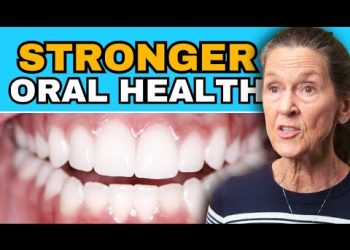Understanding the Common Causes of Teeth Staining
Teeth staining is a common issue that affects many people, and understanding its causes is the first step towards finding effective solutions. Foods like blueberries, teas (even healthy ones), and coffee are notorious for leaving stains on our teeth. These substances contain pigments that cling to our enamel, leading to a discolored appearance over time. Daily consumption of these items can gradually darken the teeth if not properly managed.
The Magical Power of Baking Soda
One household item that surprisingly helps in teeth whitening is baking soda. Known for its versatility in cleaning and deodorizing, baking soda stands out as a natural teeth whitener. It can effectively scrub away stains from various pigments, restoring the brightness of your enamel.
Preparing Your Baking Soda Mixture
To create a simple yet effective whitening paste, mix a small amount of baking soda with a little water to form a paste. The consistency should resemble that of toothpaste. This process ensures that the baking soda can be easily applied to the teeth, enhancing its stain-removing properties.
Application Technique for Maximum Results
Once your paste is ready, apply it gently using a soft-bristled toothbrush. It is crucial to use gentle circular motions on the surfaces of the teeth, including the areas behind them. This application method helps in evenly distributing the paste, effectively scrubbing away the unsightly stains without damaging the enamel.
Physiological Benefits of Baking Soda for Oral Health
Beyond its whitening effects, baking soda offers additional oral health benefits. As sodium bicarbonate, it interacts with the tooth’s surface, breaking down discoloration-causing molecules. Its alkaline pH neutralizes mouth acids, reducing the risk of tooth decay and gum disease. Additionally, its antibacterial properties help in maintaining overall oral hygiene by combating harmful bacteria.
Real-World Demonstration of Stain Removal
To illustrate the power of baking soda, Dr. Mandell shows how it effectively removes stains from objects like ceramic cups. This analogy highlights how the same process can be applied to our teeth, demonstrating the transformative effect of baking soda in real-world scenarios.
Recommendations for Safe Usage
While baking soda is effective, moderation is key. Dr. Mandell advises using the baking soda paste only once or twice a week for short durations. Light brushing is crucial to prevent any potential abrasiveness from damaging the enamel. Overuse can lead to unwanted abrasion, so it is essential to adhere to these guidelines.
The Role of Baking Soda in Commercial Toothpastes
Modern toothpaste formulations often include baking soda as an ingredient, albeit in small amounts. This inclusion illustrates the recognized benefits of baking soda in maintaining dental health, making it a trusted component in oral care products worldwide.
Consult Your Dental Professional
For personalized advice and concerns, consulting with your dentist is always recommended. They can provide tailored recommendations based on your specific dental health needs, ensuring that your teeth whitening journey is both safe and effective.
Embrace a Whiter Smile Today
By incorporating baking soda into your oral care routine, you can achieve brighter, healthier-looking teeth. Sharing these tips with family and friends not only enhances their smiles but also contributes to their overall dental well-being. Make today a great day by taking a step towards a more confident smile!











